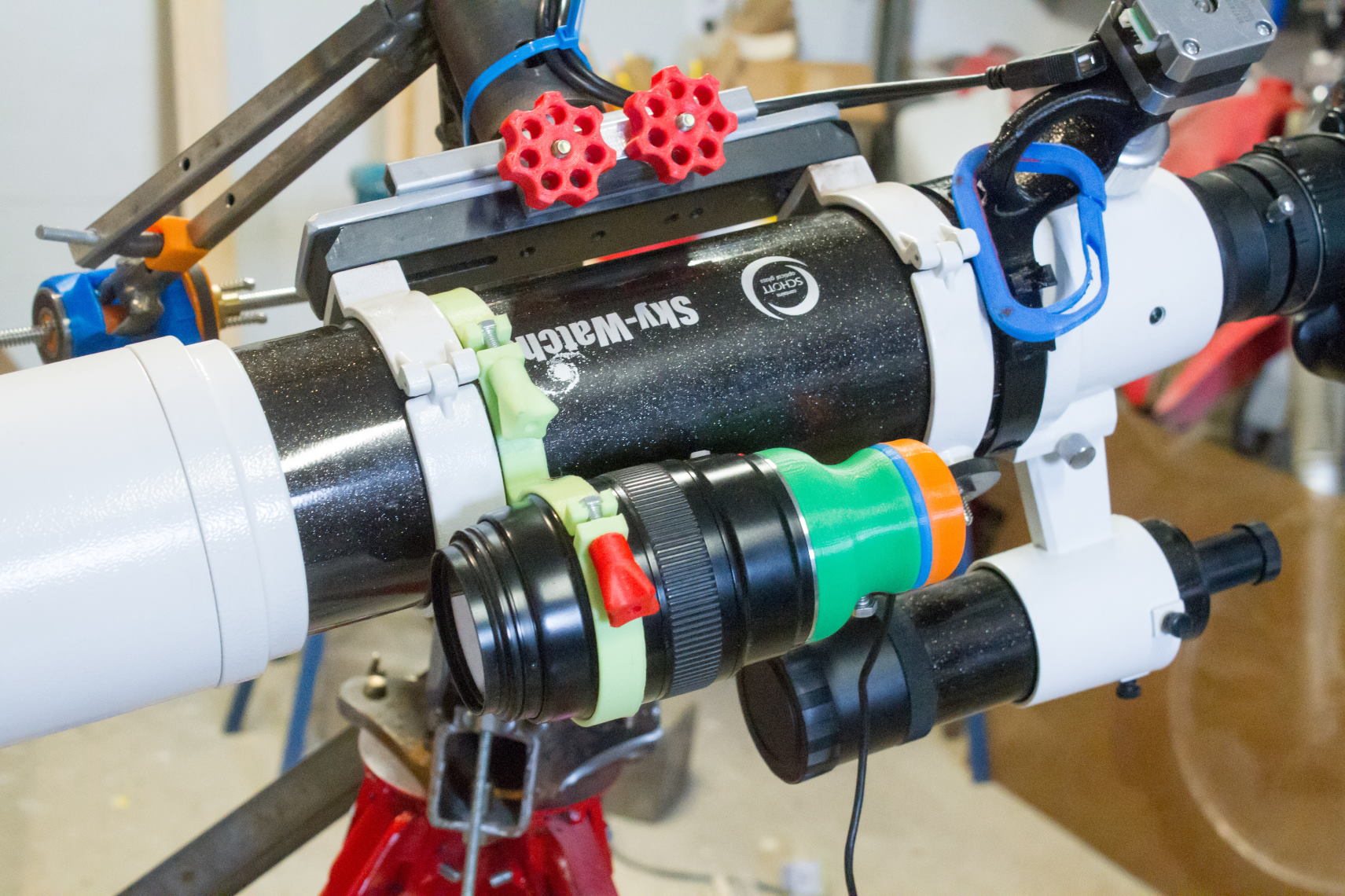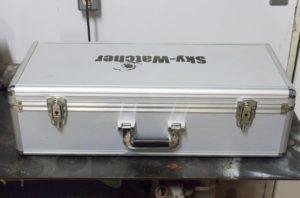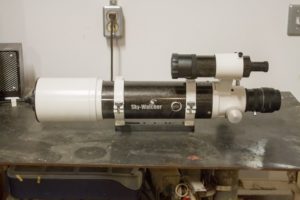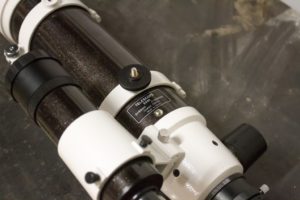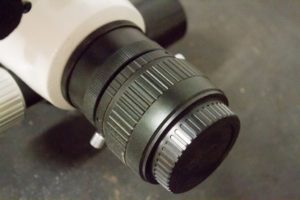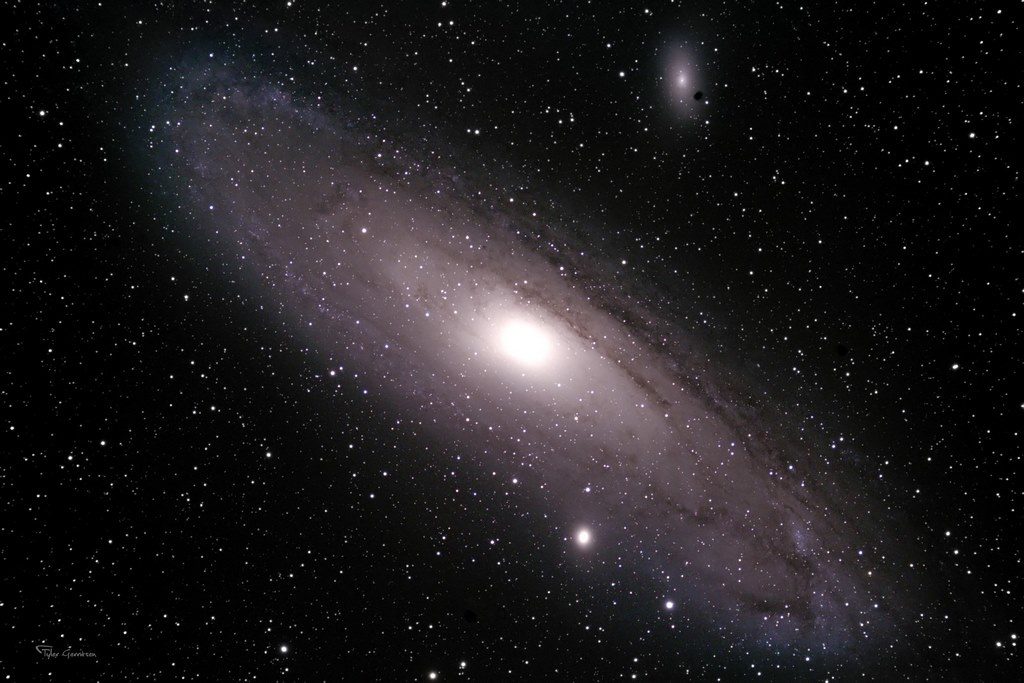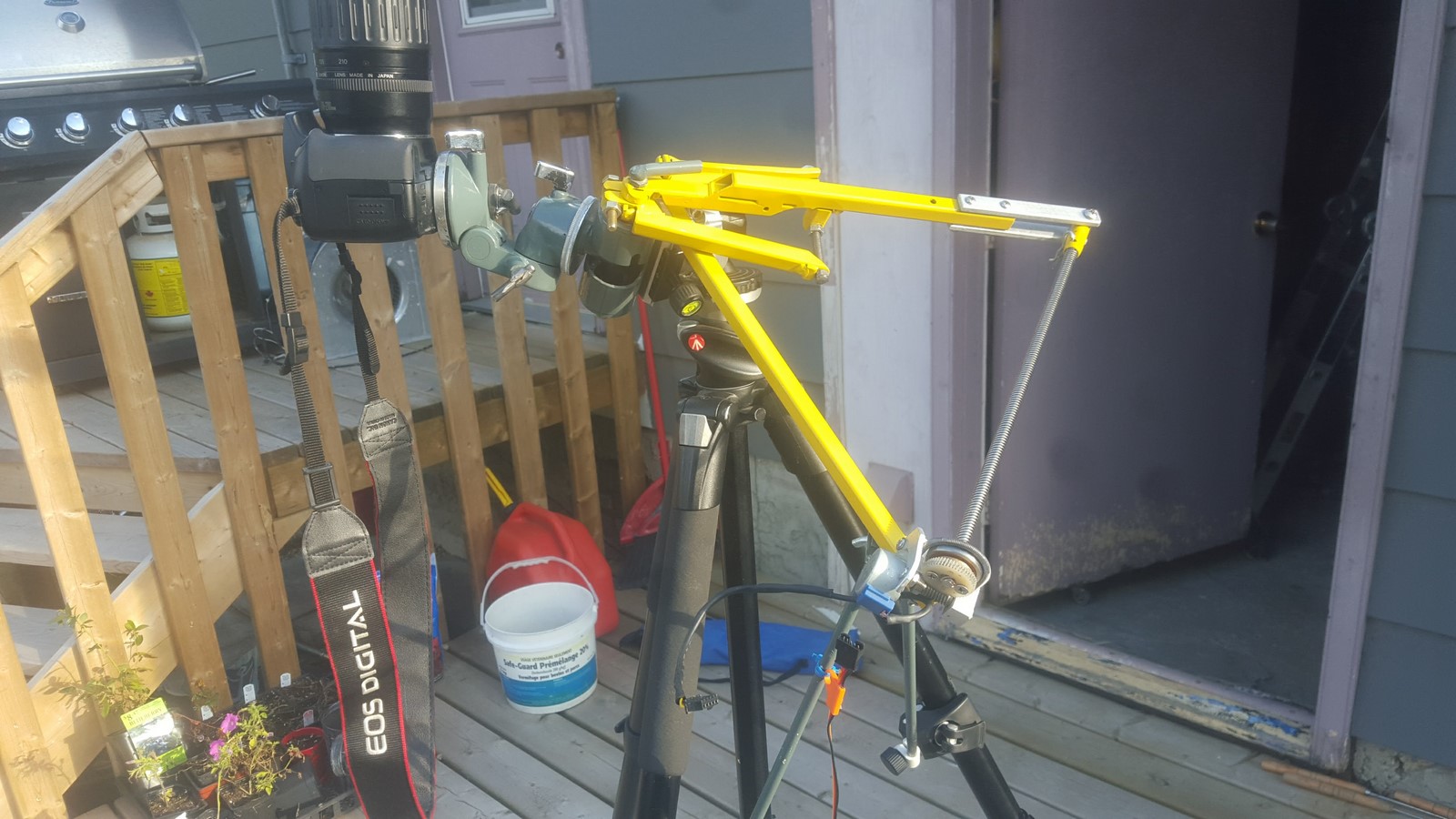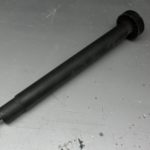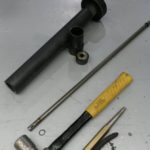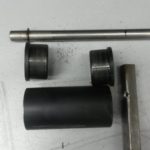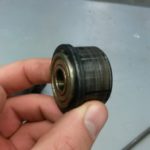Preamble:
Most DIY astro-tracking mounts can be described as either low-quality barn-door mounts (with questionable door hinges used as pivots) or high-cost and effort equatorial mounts (typically equipped with complex drive systems). The original Tracker V2 was designed to be an attempt to combine low-cost and high-quality elements in a single mount. The basic design could be described as a hybrid barn-door/equatorial style mount.
That said, Tracker V2 was tested using a 250mm lens on a cropped-sensor camera and did not produce sharp OR consistent images! Further examination at the shop revealed that the 10-32 nut and threaded rod caused the arm to advance erratically. There was no way to eliminate or even mitigate the issue, so a bit of an overhaul was in order. Enter: Tracker V2.1!
NOTE: While the V2.1 modification corrected the drive issue and made the device useful for unguided DSO astrophotography, it suffered from usability issues which made setup and targeting very difficult. Improvements were made for the V2.2 upgrade, which concludes this project. I currently building a V3, which will be another screw & arm-driven equatorial. It will have 2-axis auto-guiding among other improvements over the V2.x design (which has admittedly been a product of evolution rather than design and planning).
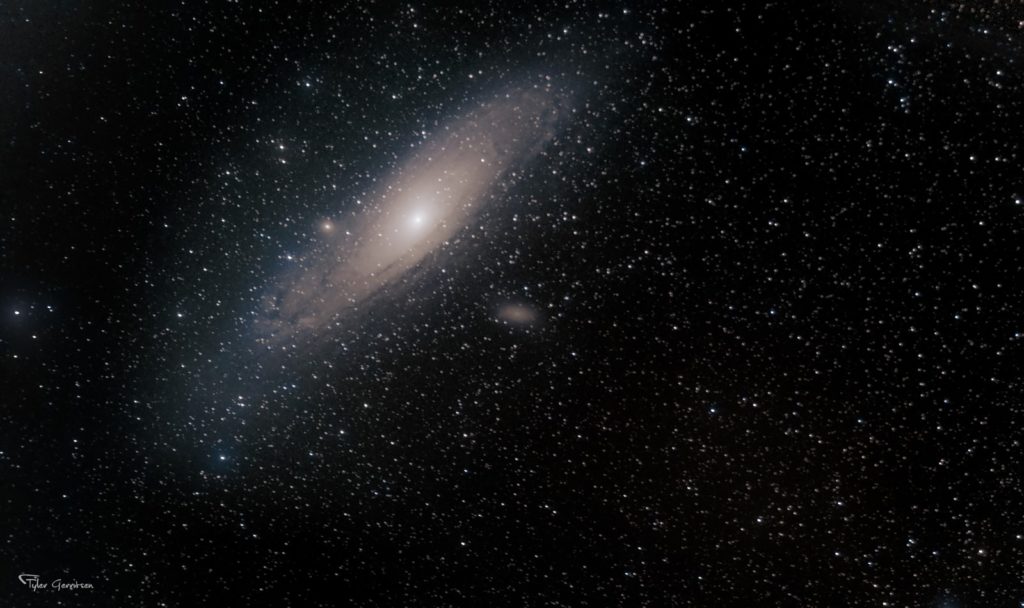
Read more

